
About six years ago we brought home an adorable, sleepy, five-week old puppy. We knew it was too early for her to leave her mother, but the dam had stopped feeding the pups and walked away. She was do...
About six years ago we brought home an adorable, sleepy, five-week old puppy. We knew it was too early for her to leave her mother, but the dam had stopped feeding the pups and walked away. She was done with them, so the humans took over.
At that tender age, Kaylee was sleepy, darling and sweet. She抯 still darling and sweet, but rarely do her batteries run down. We describe her as having two speeds ?full and off. And off isn抰 often.
If your dog is like Kaylee, whether because it抯 an active, fun-loving puppy, or because it抯 搉ot quite wired right?like ours, you need strategies for coping. You need a peaceful household where everyone knows the rules and plays fair.
We get dogs for many reasons; primary among those reasons are companionship and fun. If your dog is constantly harassing you to 損lay,?the probability is that neither of you are having much fun. It may even have gotten to the point that you don抰 look forward to going home and spending time with your dog.
You can change the situation, if you抣l commit just a few minutes a day and your patience. Things won抰 change overnight, but over the course of just a few days your life will improve. In a few weeks, you may have the canine companion you hoped for.
The first step is to realize that you are the boss in your household. Not your dog. You decide when to play. And you decide how long playtime will be. It抯 important to schedule a daily play time. It doesn抰 have to be long ?ten minutes will do. As long as during that time, all you do is play with your dog. That抯 it. Just play.
As a first step: remove your dog抯 favorite toy. The one he constantly obsesses about and brings everywhere he goes. Put it up on a shelf. Kaylee抯 obsession is her little latex soccer ball. Other toys are fine, she抣l carry them around, but her special toy is that particular ball. (To avoid complete meltdown, we do have a couple spares on hand. No toy lasts forever.)
Next: get a brand new kitchen timer, with a ring or a beep that doesn抰 sound like any other timer in the house. This is your dog抯 timer ?he抣l recognize it very quickly.
To start playtime, ask your dog if she wants to play, get her timer, set it for however many minutes you choose, then get her special toy and start playtime. Let her recognize the ritual. Dogs love routine and quickly adjust to new ones.
For as long as the timer抯 running ?have fun with your dog. Tug, toss, wrestle ?play intensely and focus on your dog. When the timer抯 bell goes off ?stop immediately. Tell your dog 搕hat抯 it!?show him the timer and turn it off. Then say 搇et抯 go get a drink?and walk over to his water bowl. When he drops his toy, replace it on the shelf. It doesn抰 come down until the next session.
If you need to 搕rade?a treat for the toy ?do so. You抮e not rigorously training your dog to perform a task ?you抮e teaching him the house rules so that everyone can relax and enjoy your time together.
We always take Kaylee out for a quick 損otty break?after a play session ?it抯 another part of our routine. She knows what to expect. When she comes back in the house, she finds a place to lie down. Sometimes she finds a chewie toy, sometimes she just lies down. She doesn抰 ever really relax, but she抯 now a dog we can live with.
Dogs love ritual and routine. When you got your dog, chances are you pictured yourself at home, dog by your feet, relaxing and enjoying life. You can still make that happen, every evening, if you establish that routine for your dog.
 Labrador Retriever Hereditary Health And Health Testing
Labrador Retriever Hereditary Health And Health Testing
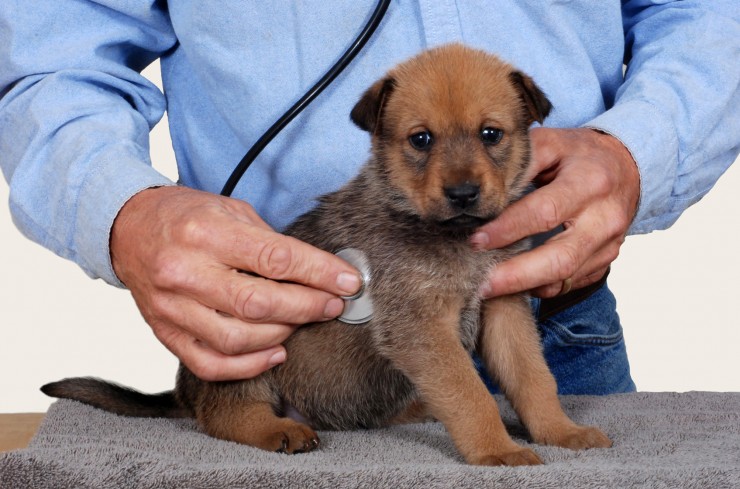 5 Things Your Vet Can’t Tell You About Your Dog
5 Things Your Vet Can’t Tell You About Your Dog
 Excessive Barking - How to decide on use the perfect Anti Bark Collar For use on your Dog
Excessive Barking - How to decide on use the perfect Anti Bark Collar For use on your Dog
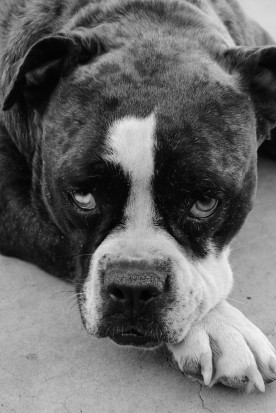 The Alapaha Blue Blood Bulldog - A Most Unusual Breed!
The Alapaha Blue Blood Bulldog - A Most Unusual Breed!
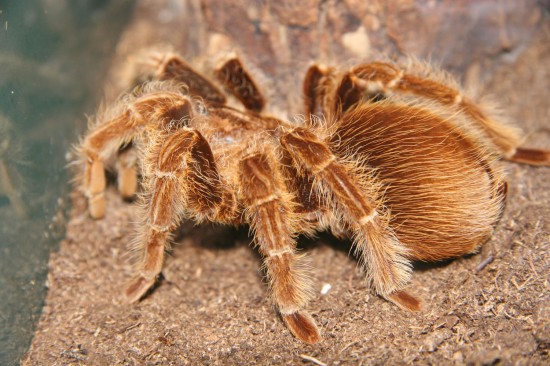 Tips For Choosing And Buying A Healthy Pet Tarantula
Tips For Choosing And Buying A Healthy Pet Tarantula
 Cavalier King Charles Spaniel Hereditary Health And Longevity
Cavalier King Charles Spaniel Hereditary Health And Longevity
 Interesting Facts About A Cats Nose
Interesting Facts
Interesting Facts About A Cats Nose
Interesting Facts
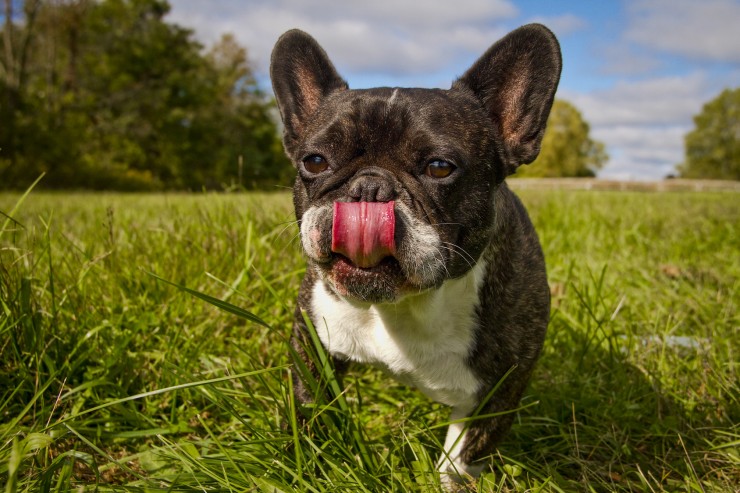 Things Every New Dog Owner Needs To Know About Their Pet
Things Every New
Things Every New Dog Owner Needs To Know About Their Pet
Things Every New
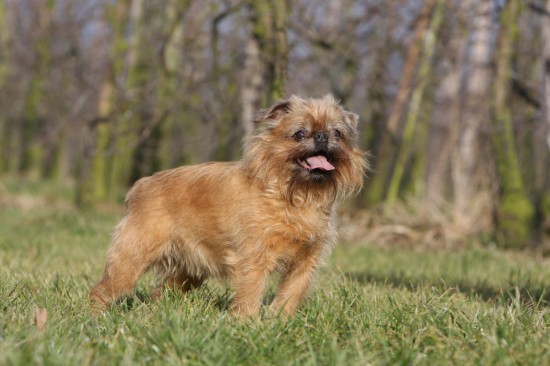 Griffon Bruxellois Longevity And Hereditary Health
Griffon Bruxelloi
Griffon Bruxellois Longevity And Hereditary Health
Griffon Bruxelloi
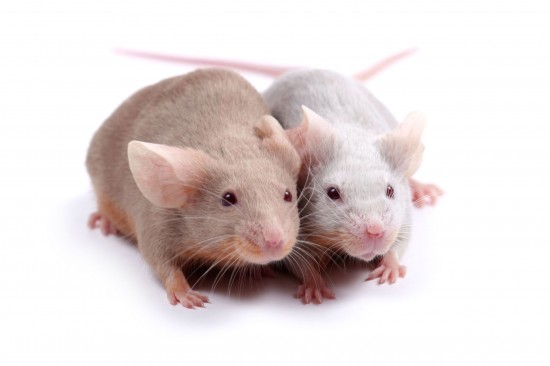 Common Mice Health Problems
Common Mice Healt
Common Mice Health Problems
Common Mice Healt
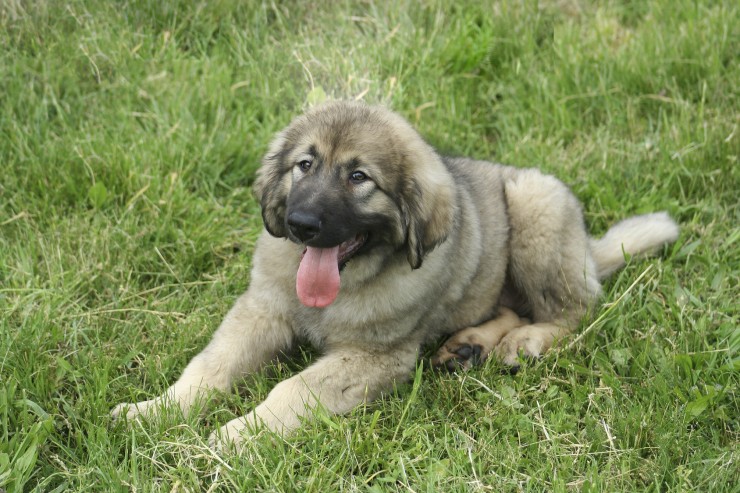 More About The Charming And Loyal Carpathian Sheepdog
More About The Ch
More About The Charming And Loyal Carpathian Sheepdog
More About The Ch
Copyright © 2005-2016 Pet Information All Rights Reserved
Contact us: www162date@outlook.com